I am currently working on a project that involves automating an old Automark Indenting Machine. I want to be able to use an arudino to read a csv and then simulate pressing the keys of the keyboard attached to the machine. The Keyboard is matrixed and I traced back all of the inputs and outputs that the machine's microcontroller uses.
I figured the best way to go about accomplishing this would be by placing an NPN transistor across the two leads that the mechanical buttons presses. The arduino would output to the base of the transistor and connect the circuit. However, I am very new to the field of electronics and completely overwhelmed with how much I don't know.
Here is a question I found that was somewhat similar to my project: Interface 5v digital pulses to keyboard contacts?
I am fairly certain that the keyboard runs on 5V, however, I'm not sure about whether or not is it AD or DC. DC current readings range from .3mA to .8mA, while AC current measures around 1.36mA. I have included a couple picture of the keyboard. One picture shows how I soldered leads directly onto the board to see if I could use the arduino to sense the output sequence from the keyboards microcontroller and then output to the corresponding input for the keyboard but it resulted in the button staying pressed even after the pin was set to LOW.

